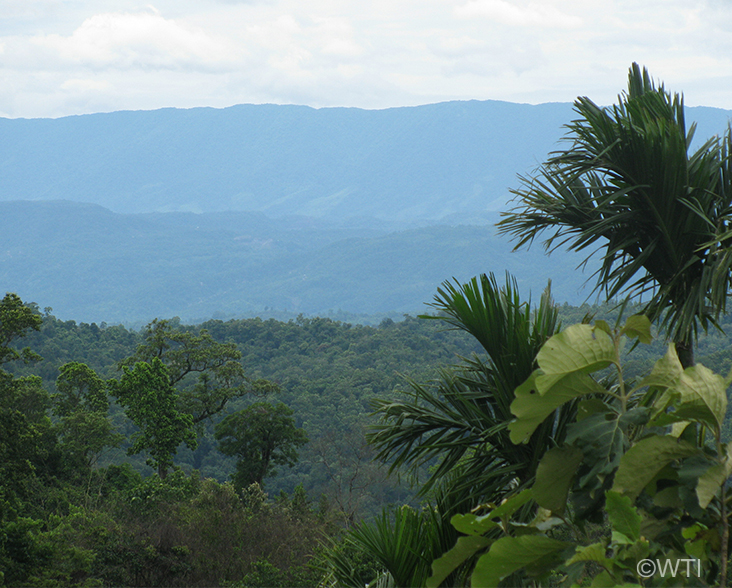CLOUDED LEOPARD
Species Data
Class: Mammalia
Order: Carnivora
Family: Felidae
Scientific Name: Neofelis nebulosa
IUCN Red List status: Vulnerable
Description
The Clouded Leopard is an iconic and elusive wild cat species that roams the forests of Asia.
They are a medium-sized cat, with females weighing between 11.5kg – 13.5kg and males 16-18kg. They have a long tail and very large canines – in fact, they boast the longest canine teeth of any living feline (in proportion to its body).
Their trademark cloud-like coat spots are another distinguishing feature – one that however has unfortunately driven the hunting of these leopards for the pelt trade.
Behaviour
Clouded Leopards are exceptional climbers and are at home up in the trees, using their paws and sharp claws for grip as they hang upside down large branches or climb down trees headfirst. However, most of their hunting takes place on the ground, where these leopards stalk deer, pigs, monkeys, squirrels or birds.
Clouded Leopards’ solitary, elusive nature means they are rarely seen in the wild, and much remains unknown about their behaviour and habits. However, these big cats are thought to be nocturnal and to live 12 to 15 years. Females can give birth every year, with average litters of two to three cubs weaned after 90-100 days and becoming fully independent after one-and-a-half to two years.


Habitat
Clouded Leopards are today present across Bhutan, Nepal, Bangladesh, Myanmar, India, Southeast Asia and China.
They prefer forest habitat, particularly primary evergreen tropical rainforest but also expanses of dry and deciduous forest. They have also been identified, although less frequently, in grassland and shrub, dry tropical forests and mangrove swamps.
Threats and Conservation
According to the IUCN, hunting for pelts and habitat loss have combined to cause a decline of 30% of Clouded Leopard populations and distribution range in mainland Asia between 1999 and 2019 alone, and in large areas of southern China and southeast Asia the species has already been pronounced extinct.
However, northeast India remains one of the key, documented homes still left to the species, and since 2003 World Land Trust supporters have been helping to protect its habitat. For decades, donations to us have allowed our partner Wildlife Trust of India to protect and expand biodiversity corridors used by these wild cats in the Garo Hills of Meghalaya State. Starting in 2022, we’ll be funding the protection of tens of thousands more acres to expand the network, in a project where local people will own and benefit from the reserves being created.
